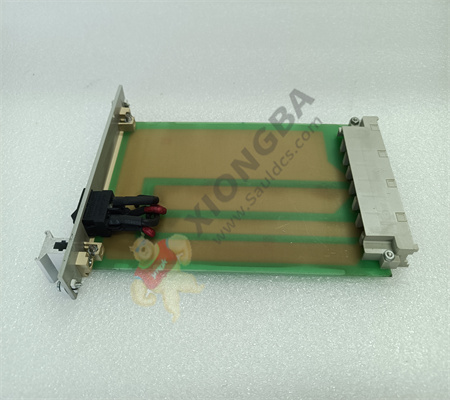Arithmetic machine
The arithmetic machine is the part of the computer which carries out various arithmetic and logic operation, among which the arithmetic logic unit is the part of the central processing core.
(1) Arithmetic logic Unit (ALU). Arithmetic logic unit is a combinatorial logic circuit which can realize multiple groups of arithmetic operations and logic operations. It is an important part of central processing. Arithmetic logic unit operations are mainly to carry out binary arithmetic operations, such as addition, subtraction, multiplication. In the operation process, the arithmetic logic unit mainly executes arithmetic and logic operations based on the instruction set of the computer. Generally speaking, ALU can play the role of reading in and reading out directly, which is embodied in the processor controller, memory and input/output devices, etc. Input/output is implemented on the basis of the bus. An input instruction contains an instruction word, including an operation code, a format code, and so on.
(2) Intermediate register (IR). Its length is 128 bits, and its actual length is determined by its operand. IR plays an important role in the “stack and fetch” instruction. During the execution of this instruction, the contents of ACC are sent to IR, and then the operand is fetched to ACC, and the contents of IR are pushed into stack.
(3) arithmetic accumulator (ACC). Current registers are generally single accumulators with a length of 128 bits. For ACC, think of it as a variable-length accumulator. In the description of instructions, the expression of ACC length is generally based on the value of ACS, and ACS length is directly related to ACC length. Doubling or halving the length of ACS can also be regarded as doubling or halving the length of ACC.
(4) Description word register (DR). It is mainly used to store and modify description words. The length of DR Is 64 bits. In order to simplify data structure processing, the use of descriptors plays an important role.
(5) Register B. It plays an important role in the instruction modification. The length of B register is 32 bits, which can save the address modification during the address modification process. The main memory address can only be modified with description words. The first element that points to the array is the descriptor, so accessing other elements in the array should require modifications. For number composition, it is composed of data or elements of the same size and stored continuously. The common access method is vector descriptor word, because the address in vector descriptor word is byte address. Therefore, in the conversion process, the basic address should be added first. For conversion work, mainly by hardware automatic implementation, in this process to pay special attention to alignment, so as not to go out of the array bounds.
GE FANUC WES13-3 Safety relay
 中文版
中文版




